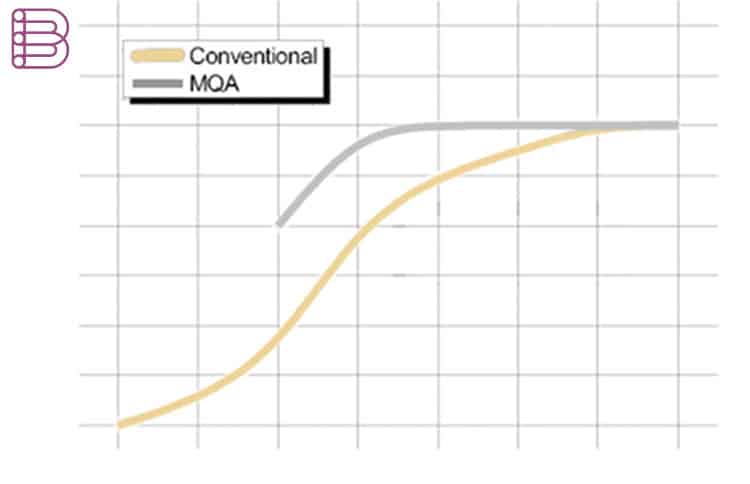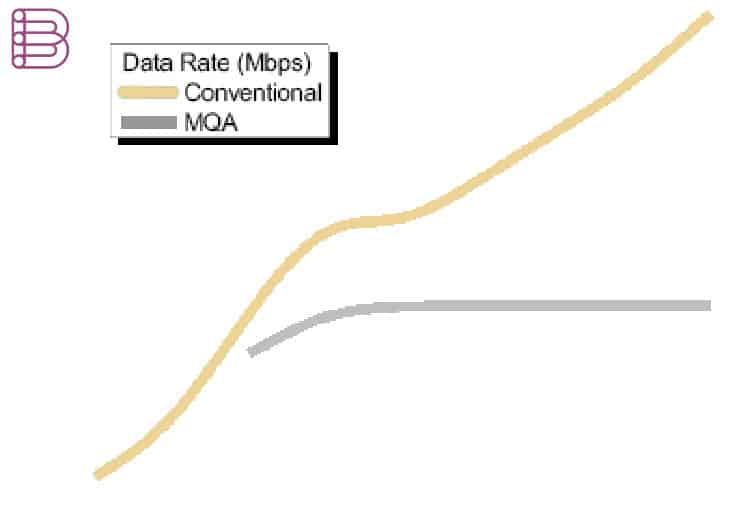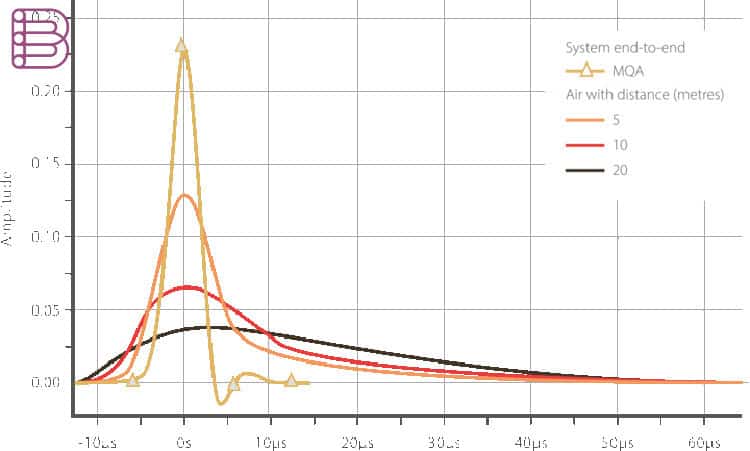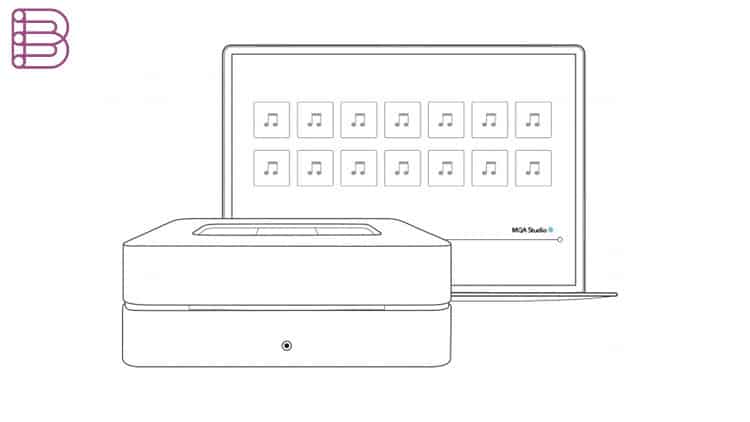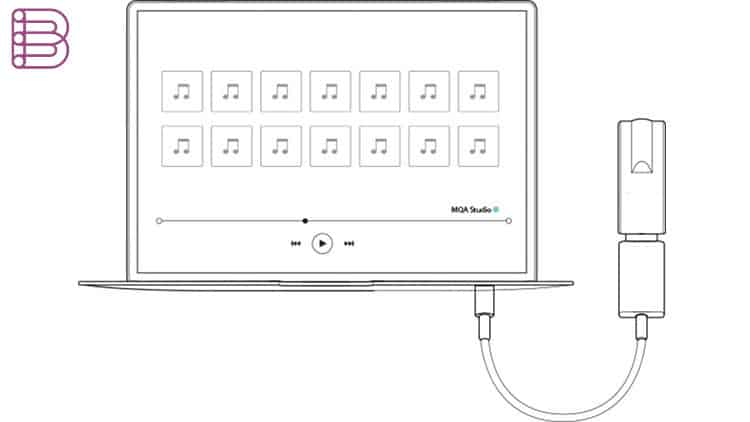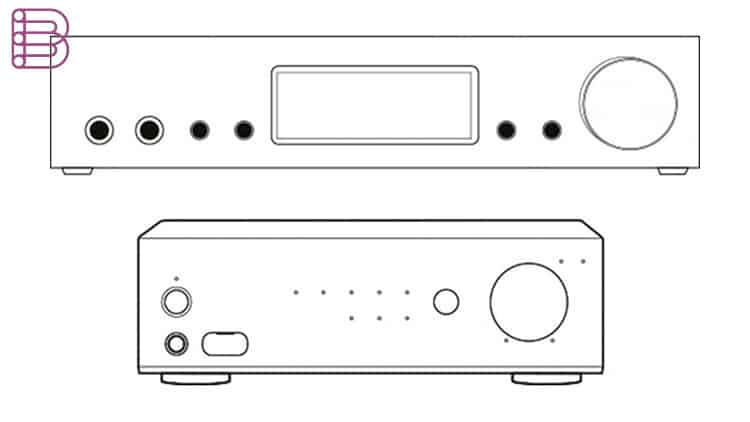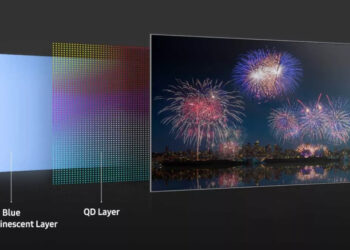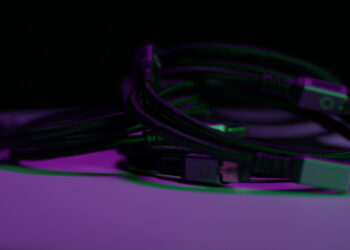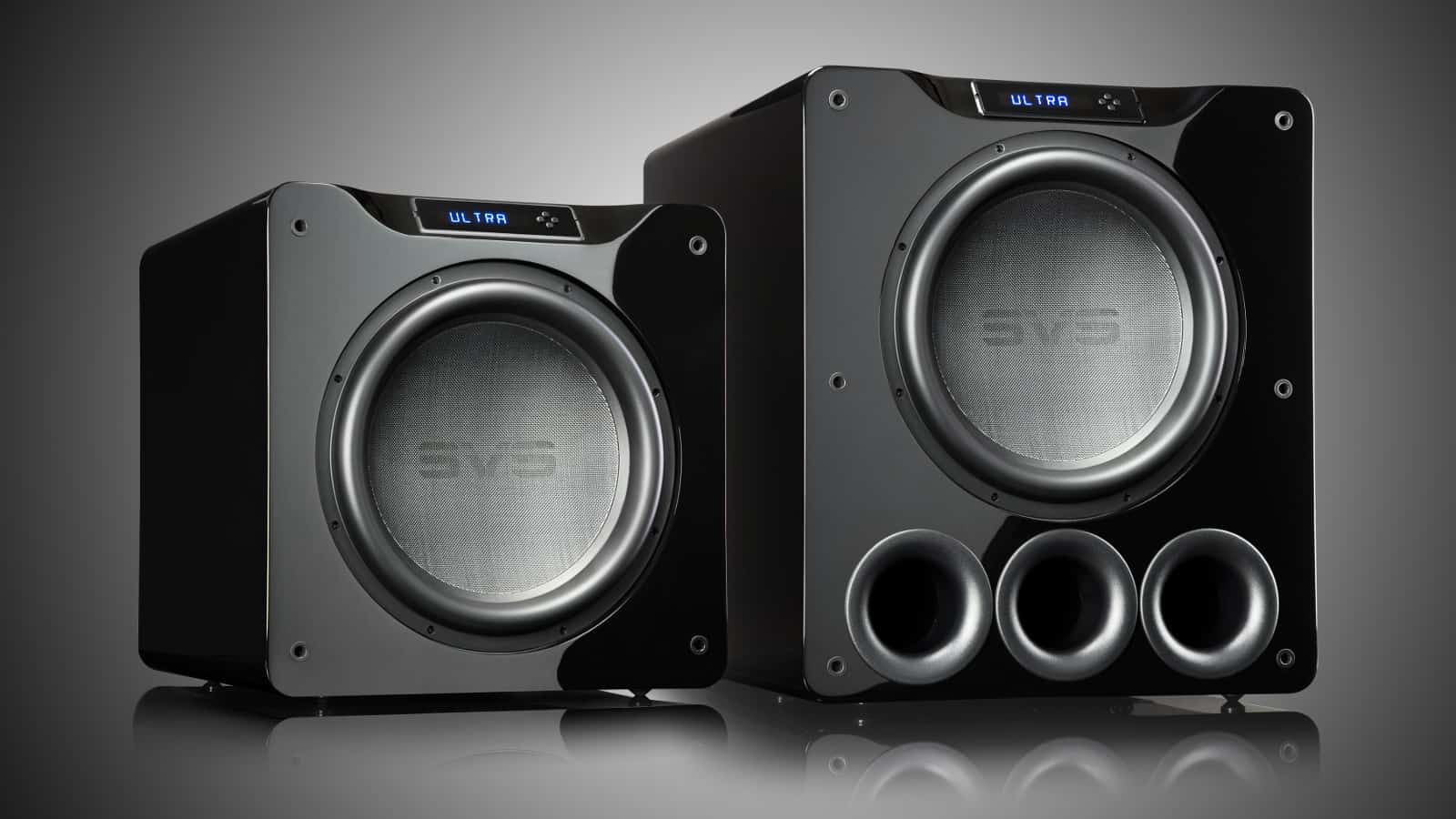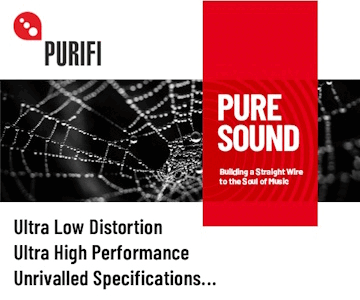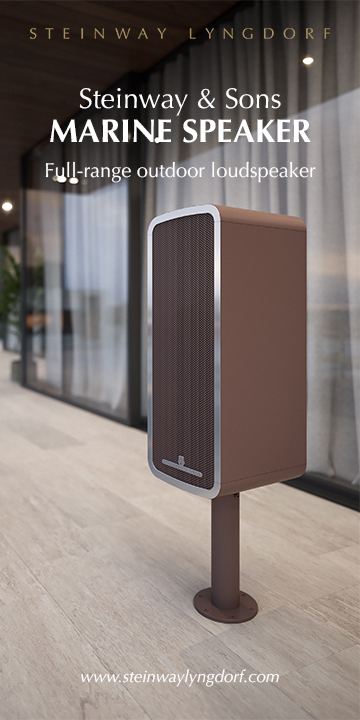Recent neuroscientific research into how we hear has been key to the development of MQA. Bob Stuart – MQA’s founder – explains how these new theories have moved the conversation on from the diminishing returns of ever-increasing sampling rates to a new definition of resolution and a more natural and authentic sound.
Hearing in the forest
Our ears are incredibly adept at determining where a sound is coming from. This timing sensitivity evolved to help us thrive in forest environments. As sounds reach us, microseconds apart, our brains build a 3D sonic ‘picture’. Similarly, at a live performance, we’re able to position individual instruments. It’s why live music feels so powerful and a recording seems so flat in comparison. MQA captures this timing information from the master, so it feels like you’re at the performance.
MQA achieves the seemingly impossible – studio-quality sound in a file that’s small enough to stream. In other words, given 44.1k MQA can deliver sound equivalent to 96k. And at CD data rate, MQA is better than 192k today.
Digital blurring
Unlike analogue transmission, digital is non-degrading. So we don’t have pops and crackles, but we do have another problem – pre- and post-ringing. When a sound is processed back and forth through a digital converter the time resolution is impaired – causing ‘ringing’ before and after the event. This blurs the sound so we can’t tell exactly where it is in 3D space. MQA reduces this ringing by over 10 times compared to a 24/192 recording.
MQA versus Air
The vision behind MQA is to do no more damage to sound than travelling a short distance through air. By being able to resolve two sounds 8us apart – 15 times better than 192kHz – that vision has been realised. See how it compares below.
In general
MP3 files deliver just 10% of the original studio recording. MQA captures 100% of the performance. MQA captures 100% of the original studio performance. It then cleverly adapts to deliver the highest quality playback your product can support. After capturing the performance, MQA folds the file to make it small enough to stream. We call this ‘Music Origami’. MQA can be fully approved in the studio. With our studio toolset, all playback scenarios can be previewed. MQA was launched because artists were approaching record labels, asking them to improve digital audio. Now that artists know it’s possible to bring together quality and convenience, they’re driving the conversation around better sound quality. Here, artists articulate what it means for them to be able to deliver the master recording to their fans and transport them to the original performance.
Morten Lindberg, producer & balance engineer at 2L Norway states: What I experienced with MQA is that detailed focus on the small things that over time accumulate into a very, very emotional experience.
MQA core decoder
This unfolds the MQA file once to deliver even higher than CD-quality. It is included in some products with digital outputs such as Bluesound, Pioneer and Onkyo players, as well as streaming services such as TIDAL and media players like Audirvana. The first unfold recovers all the direct music-related information. Output is 88.2kHz or 96kHz.
MQA renderer
These products feature an MQA renderer which can complete the final unfold. Renderers can be great portable products such as USB DACs and headphones. For example the AudioQuest DragonFly can connect to an MQA Core signal and complete the unfolding of the MQA file. An MQA Renderer will include ‘stream lock’ but is not able to decode an MQA stream or authenticate it.
MQA full decoder
Products with a full MQA Decoder unfold the file to deliver the highest possible sound quality. At this level of playback you are hearing what the artist created in the studio – with precise file and platform specific DAC compensation and management. Partners include Aurender, Bel Canto Designs, Brinkmann, Cary Audio, Meridian, MSB, Mytek, NAD and Technics.
Visit the MQA website.




